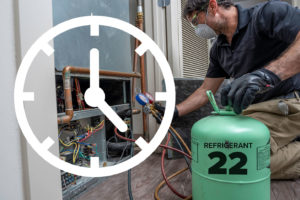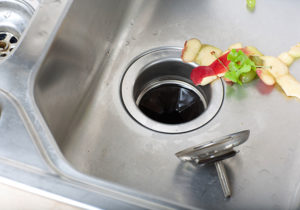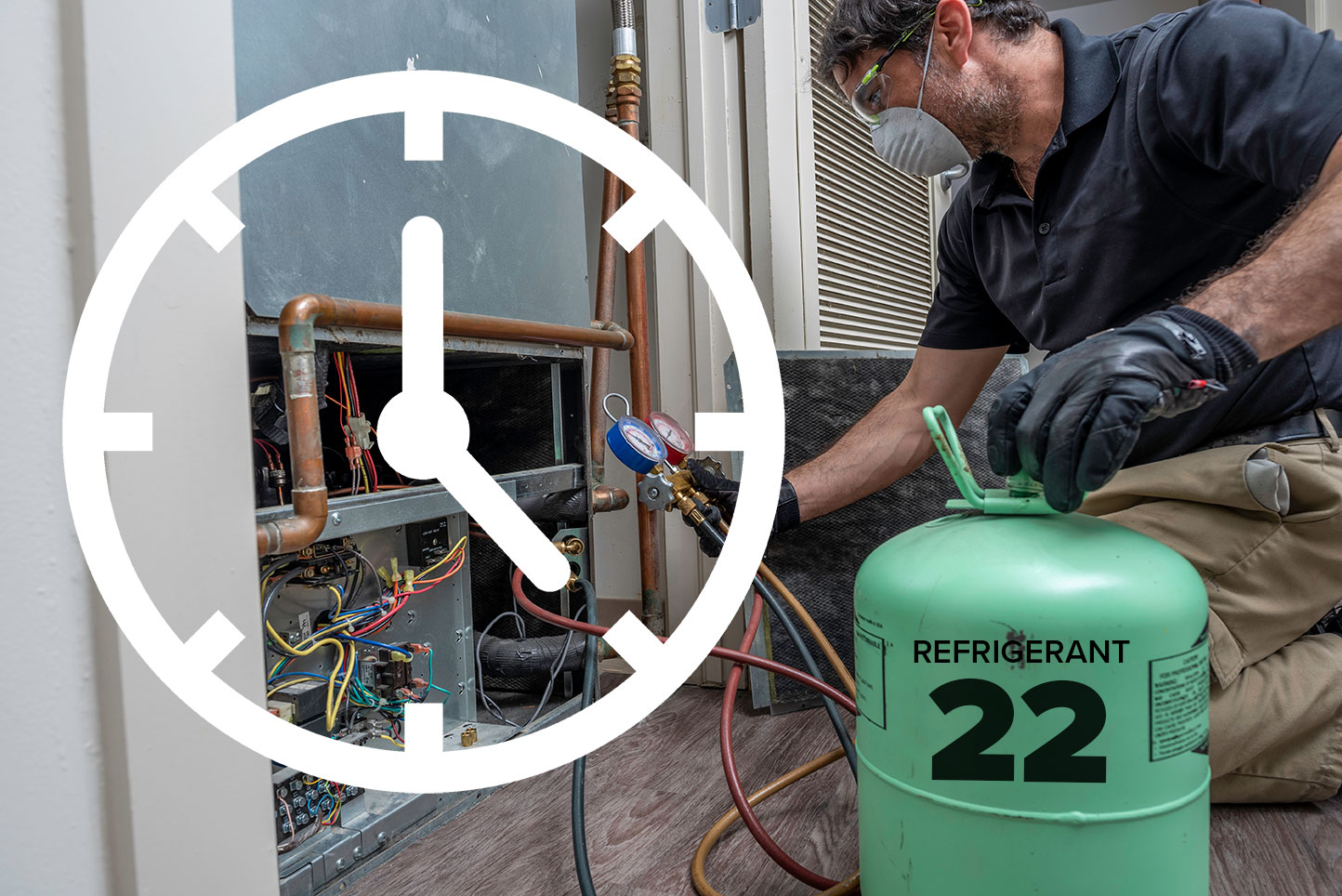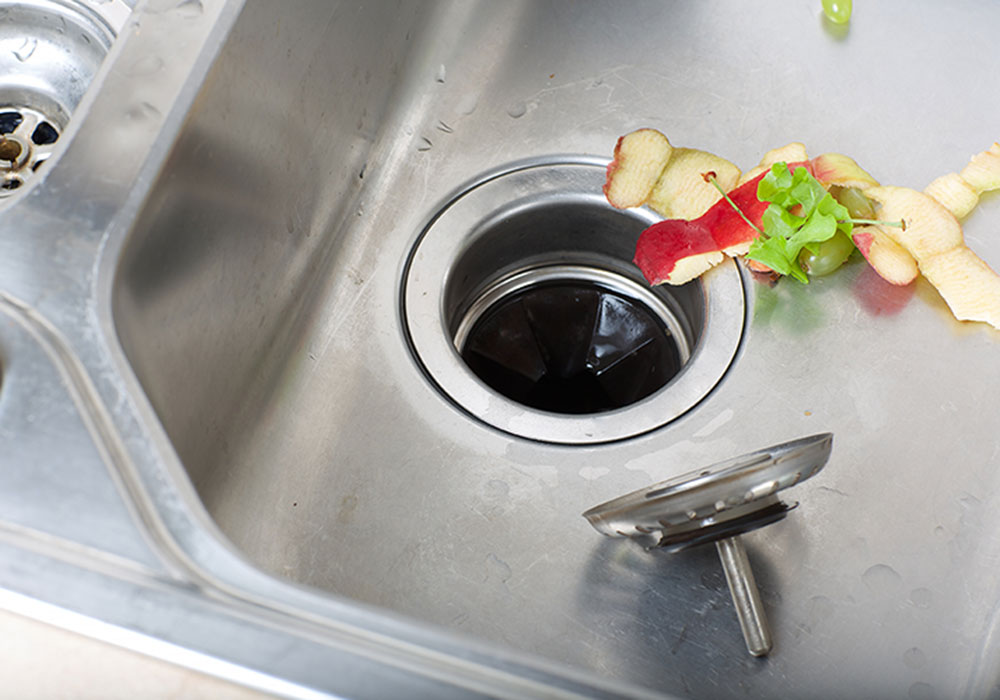Whatever the Reason, Whatever the Season...
YOU CAN COUNT ON SMYLIE ONE
Home » Plumbing Services » Professional Water & Gas Leak Detection Services

─── Leak Detection & Repair
Professional Water & Gas Leak Detection Services
Water leaks need immediate attention. Gas leaks, when left untreated, can lead to health issues or, worse, carbon monoxide poisoning. These types of leaks pose serious harm and danger inside your home. Should you suspect you have either type of a leak, call Smylie One, which provides professional water and gas leak detection services. Call and request our plumbing experts to inspect your home for leaks to help keep your family and home safe.
To discuss water and gas leak detection to protect your home and loved ones, contact Smylie One Heating, Cooling & Plumbing today!
─── Leak Detection & Repair
Professional Water & Gas Leak Detection Services
Water leaks need immediate attention. Gas leaks, when left untreated, can lead to health issues or, worse, carbon monoxide poisoning. These types of leaks pose serious harm and danger inside your home. Should you suspect you have either type of a leak, call Smylie One, which provides professional water and gas leak detection services. Call and request our plumbing experts to inspect your home for leaks to help keep your family and home safe.
To discuss water and gas leak detection to protect your home and loved ones, contact Smylie One Heating, Cooling & Plumbing today!
How to Detect a Leak?
───
Detecting a water leak or gas leak does require separate steps. Water is visibly easier to spot, whereas a gas leak is colorless, odorless, and flammable. We will begin with the water leak detection steps and then move on to the gas leak detection steps.
Water Leak Detection Steps
Check Fixtures & Appliances – To locate a water leak begin with the most used equipment in your home. Inspect above and below sinks, faucets, showers, toilets, and any appliance for puddles of water. That also includes water heaters, dishwashers, and washing machines.
Toilet Dye Test – Next, examine the toilet because it uses gallons of water; daily. It can easily start leaking should the flapper become brittle and lose the ability to seal. Put a few drops of food coloring in the tank, and if it leaks, the dye will show up in the bowl within five minutes.
Leaking Clues – The interesting thing about water leaks is they will leave visible clues and signs which indicate water damage. For instance, there is wall discoloration, bubbling paint, or bulging wallpaper. All of which point to water leakage.
Dripping Noises – Though most water leaks go unheard, there are instances when you can hear the dripping noises. When you have a leaky faucet or a showerhead, the ongoing dripping sound lets you know there’s a leak.
Musty Smells – As time passes and a leak goes unnoticed or does not get repaired, the pungent odor of mold becomes noticeable. Usually, you’ll start noticing black splotches on the walls or ceiling, and the musty smells worsen.
Gas Leak Detection Steps
Rotten Smells – Most natural gases are colorless and odorless. As a safety measure, natural gas companies add Mercaptan, also known as Methanethiol, to give it a noticeable smell. That odor has a sulfur or rotten egg smell. If you smell it in your home, you may have a gas leak.
Strange Noises – Should you hear whistling or hissing noises near the home’s gas line, there’s a good possibility the gas leak you have is substantial. Do note that not all hissing noises point to a gas leak. A/C refrigerant lines, a leaking valve, or a damaged compressor will hiss.
Check The Burner – When you turn the burner on for a gas stove or range, the flame color is typically blue. However, should the flame color be red or orange, be cautious when you see these colors. It means there is gas in the air, taking away oxygen.
Use a Gas Leak Detector – The most important thing to remember, gas leaks are dangerous, a fire hazard, and known for causing carbon monoxide poisoning. With that in mind, the most efficient and effective way to locate a gas leak in your home is to use a gas leak detector.
───
4 Steps to Take if You’ve Detected a Water or Gas Leak
Once a water leak or gas leak gets detected, the steps to take are different and require separate processes. You must practice each step should you need to react quickly. We’ll begin with the water leak action steps and end with the gas leak action steps.
Water Leak Action Steps
Turn Off Water Sources – Shut off all faucets, showers, and hoses to determine if you have a water supply issue inside your home. If you discover that water continues to flow, locating the leak becomes complicated.
Inspect The Water Meter – Next, locate the water meter’s low-flow indicator. It should have the shape of a star, gear, or small triangle. If that device remains spinning, you know water is still running, and you have a leak.
Disable The Toilet – Confirming there’s a leak, the next step is to shut down your toilet. Then check the low-flow indicator to see if it stopped spinning. If it has stopped, there’s your leak source; however, move on to appliances if it’s still turning.
Turn Off Appliances – One by one, turn off your water heater, then check the indicator. If it has stopped, this is your leak source. If it continues spinning, turn off your washer, and check if it’s still spinning. Do this with each until you’ve checked all appliances.
Gas Leak Action Steps
Turn Off Stoves – You must turn off all stoves and burners as quickly as possible. Extinguish anything that produces a flame, such as candles, matches, and blowtorches. The risk of a gas leak is high. It remains in an explosive state and is extremely dangerous.
Don’t Touch Anything – As much as you’d like to turn off a switch from an electrical device, do not. Flipping that switch to power on or off equipment will release particles into combustible air. Those particles mixing with a gas leak can cause a fire or explosion.
Turn Off Gas Line – If you can reach the shutoff valve to your property’s main gas line, turn it off. However, only do this if you can do it quickly and it doesn’t prevent you from leaving the building. If you’re unsure, play it safe and exit the property.
Call Authorities and Evacuate – There is much risk involved due to the nature of a gas leak. Once you’ve exited the building and are at least 30-yards away from the structure, immediately call authorities. Also, call anyone who regularly enters not to go into the building.
To discuss water and gas leak detection and action steps, contact Smylie One Heating, Cooling & Plumbing today!
Schedule Appointment
─── Smylie One Blog
Your Source for Heating, Cooling & Plumbing Tips
Home maintenance doesn’t have to be boring. We’re here to bring you all the tips and tricks to make your home more comfortable, reliable and energy efficient.

R-22 Has Been Phased Out, But Smylie One Can Help You With Your Refrigerant Needs
In January of 2020, the Environmental Protection Agency ruled that R22, or freon, was to be phased out of the HVAC industry due to its

How To Reset Your Garbage Disposal
We’ve all been in the same situation. You’re doing the dishes after a large meal. The dishes are stacked up in the kitchen sink and



